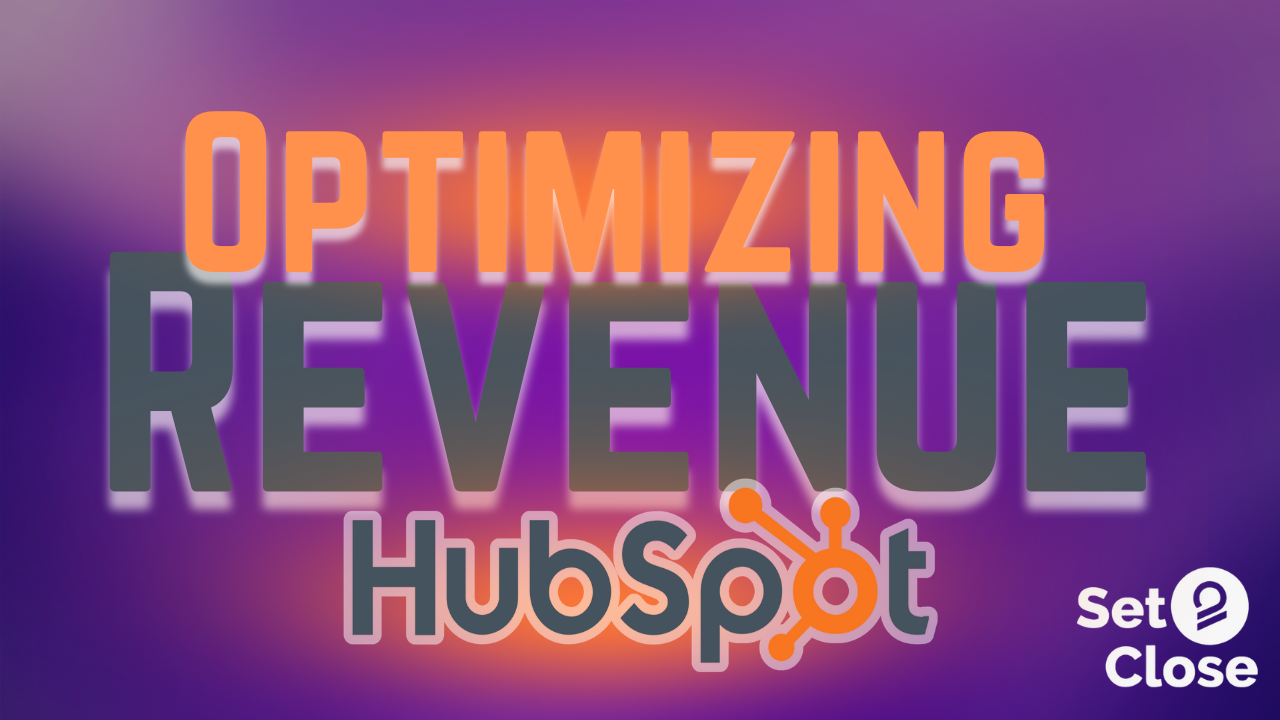How to Use Data, Tech, and Personalization in Account-Based Marketing

Understanding the Role of Data in ABM
Leveraging Technology for Precision Targeting
Personalization: The Heart of ABM
Best Practices for Selecting Target Accounts
- Align sales and marketing teams to agree on the ICP and define what makes an account attractive.
- Use predictive analytics to score and prioritize accounts based on their likelihood to engage and convert.
- Continuously refine your list of target accounts based on engagement metrics and campaign performance.
- Keep your data clean and up-to-date to maintain the accuracy of your targeting efforts.
FAQs
1. What is Account-Based Marketing (ABM)?
Account-Based Marketing (ABM) is a focused approach in marketing where sales and marketing teams collaborate to create personalized buying experiences for a targeted set of accounts. This strategy helps in delivering customized communications to high-value accounts, increasing the chances of conversion and boosting revenue.
2. Why is data important in ABM?
Data is crucial in ABM as it provides the insights necessary to identify and prioritize target accounts. By analyzing firmographic and technographic data, businesses can tailor their strategies to meet the specific needs of each account, enhancing the likelihood of success in their marketing efforts.
3. How does technology enhance ABM strategies?
Technology streamlines the ABM process by providing sophisticated tools for data analysis, account tracking, and campaign management. Technologies like CRM systems and AI-powered analytics help marketers to precisely target and engage with potential accounts, making campaigns more efficient and effective.
4. What role does personalization play in ABM?
Personalization is at the heart of ABM. It involves creating content and campaigns that are tailored to the specific needs and interests of each target account. By addressing the unique challenges and pain points of each account, businesses can improve engagement rates and foster stronger relationships with potential customers.
5. How often should the target account list be updated in an ABM strategy?
The target account list in an ABM strategy should be dynamically updated on a regular basis to reflect changes in the market and account behavior. This ensures that the marketing efforts are always focused on accounts that are most likely to convert, maximizing ROI and effectiveness of the campaigns.
6. Can small businesses effectively implement ABM?
Yes, small businesses can effectively implement ABM by focusing their limited marketing resources on fewer, more promising accounts. This strategic focus allows small businesses to compete with larger companies by offering highly personalized and relevant experiences to their key accounts.

Make the smart choice—schedule a consultation with us today.
Keep up-to-date with the latest advancements in Sales/Marketing AI and Revenue Operations by following us on LinkedIn, YouTube, and Meta. Subscribe to our newsletter to ensure you never miss out on vital industry insights and the latest news affecting the broader landscape of revenue operations.
Related Articles
